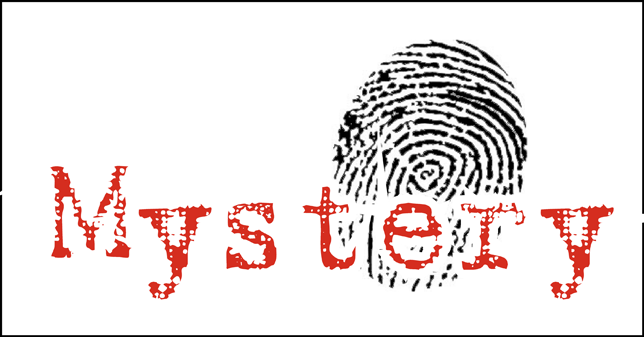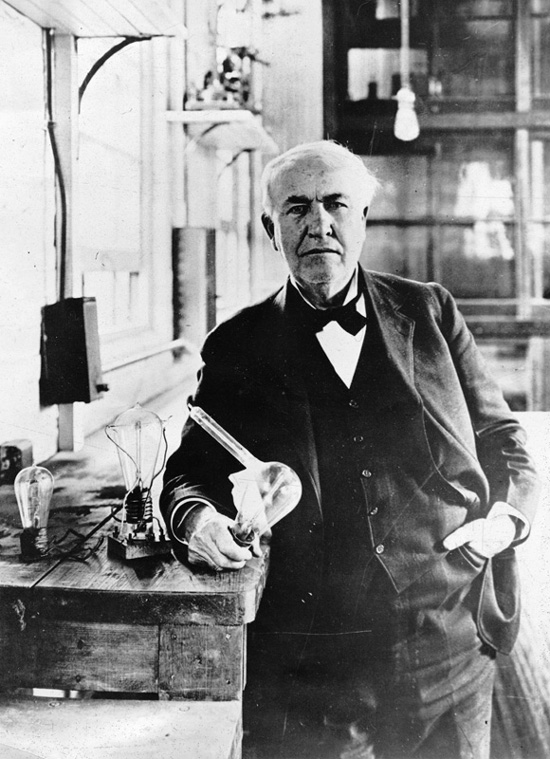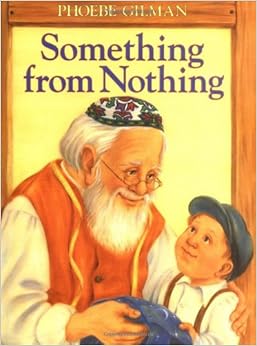 |
| Image from https://upload.wikimedia.org/wikipedia/en/0/05/Mystery.png |
You may never have heard of Leslie McFarlane, but odds are good that you've come across at least some of his work, if not the plays, short stories, and articles, then the children's books that have outsold any other title series for boys.
In 1976 (a year before his death) McFarlane published an autobiographical book,
Ghost of the Hardy Boys. The ghost here is the the author himself who depicted the first volumes of the Hardy Boys under the name Franklin W. Dixon. Unlike authors, like George Eliot or Mark Twin,who selected pen names for themselves the writers who churned out popular children's books for the
Stratemeyer Syndicate were assigned names, which often carried on to other ghost writers as no author was considered irreplaceable.
The irony of this book is that he devotes many pages protesting that he is far more than the writer who first breathed life into the pair of boy detectives and their formidable Aunt Gertrude only to be forced to both begin and end with the series that he did not own the rights to. The 20 Hardy Boys books he wrote served as his bread-and-butter and kept his family afloat when the Depression hit and other publishers had little or no money for authors.
Work from the Stratemeyer Syndicate served as the artist's equivalent of a day job while he wrote what he considered more serious literary work, which, he did succeed in publishing after a number of false starts. The false starts are as entertaining as they are educational.
McFarlane, who is Canadian by the way, embarks on his writing career by working for newspapers, including
J. Jonah Jameson, who discourages his literary ambitions because he views as pulling a potential journalist in the opposite direction needed for a newspaperman. But McFarlane doesn't give up and continues sending out manuscripts to magazines, often, not with any real understanding of what truly fits the publications. But he is not forced to simply learn by trial-and-error, as some editors take the time to give him really valuable feedback and direction.
That is one of the reasons why this book is of particular interest to people who write; it gives quite a bit of insights into the
literary world. McFarlane learns to distinguish between what's popular and what's good and how to churn out what's popular for the sake of making money. But here's the rub: though he presents his Hardy Boys work as just for the sake of money, he takes particular pride in his craft, particularly in his infusion of humor and the memorable creation of the boys' Aunt Gertrude.
I put Aunt Gertrude into the title because her treatment in the reworked versions of the books issued in the later part of the 20th Century belie the fact that he does feel connected to his creation, for all his protests that it's all the property of the the syndicate. He is horrified to discover that her dramatic entrance into the series was completely cut in the new editions of the books, as demonstrated to him by a staff writer for a magazine named Bob Stall.
When Stall first approaches McFarlane to talk about the Hardy Boys series, he says he's not interested in discussing that work. After all, he feels he should be recognized for the four novels, 100 novelettes, 200 short stories, 75 television scripts, and 50 films he wrote. But Stall manages to get his attention when he shows him how the books have been eviscerated in the new editions:
They haven't just been streamlined. They've been gutted from beginning to end. Those old books were well written. They had words you could roll around in your mouth and taste. They had funny scenes. They had scenes you could wallow in. These new ones move faster all right, but too fast. There's never a place to stop and linger. That's why the old were so great for a kid. They had flavor. And now the flavor is all gone.
Stall adds:
The books were written for a literate generation ... But not these new ones. And they'll engender an even less literate generation.
Remember, this was reported back in 1976. By today's standards, attention spans were long then; just look at the pacing in movies and television shows of the era compared to today's. Yet, people who remembered the previous generation noticed a difference and saw it as the sign of a trend. Certainly, kids' books today move at an even faster pace than those that were read in the late 20th Century.
You don't have to be a Hardy Boys fan, and I assure you, I never was, to appreciate McFarlane's reaction or to accompany him on his always entertaining journey to becoming a better writer and laughing with him at his youthful pretensions, which may just remind you of your own.

















